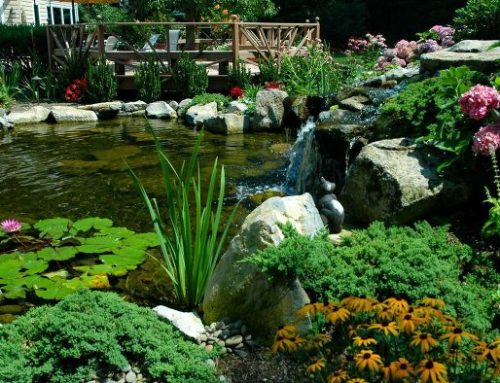This week, The Washington Post ran an article entitled: “You – yes, you! – can help the planet. Start in your backyard.”
We’re sharing some of these ideas today.
Beginning with simply offering pollinators, like the endangered Monarch butterfly, a place to stop, eat, and rest, e.g., on a flower pot on your balcony, or planting milkweed in your garden to lay their eggs, is doing much.
Hummingbirds
These beautiful birds are wonderful pollinators. Bright colored flowers encourage their long slender bills and tube-like tongues for take in nectar — fueling them for their busy work.
One thing the Post piece emphasizes is using native plants to attract pollinators in general. We’re happy to say Butterfly milkweed, a favorite of Monarchs, is native to Long Island as well as the following plants:
Great for attracting butterflies, these biennials, Black Eyed Susans, are also a haven for other pollinators like bees. Their bright yellow petals and dark centers can’t help but make you smile.
Many coneflowers (Echinacea) are also native to Long Island which you can see on the right of this water feature system consists of a stream, waterfalls and pond, and it is the perfect spot for letting the day’s care’s melt away.
Don’t Forget About the Bees
Lastly, don’t forget about those other important pollinators — the bees. Speaking of the Washington Post, several weeks ago they had a wonderful article entitled “The consciousness of bees.” In it, a professor at Queen Mary University of London describes studies that indicate that bees have “surprisingly rich inner worlds.”
It is a touching piece, which may leave you quite moved by these little creatures, if you weren’t so already.
As for plants that bees love, you’ll find that those listed above today will benefit them as well as butterflies and hummingbirds.
Note: The original Post article mentioned today offers other ideas for lawns and landscaping and Deck and Patio is happy to help our clients make adjustments in their yards to create havens for pollinators and make your yard more earth-friendly. And more beautiful! — if we say so ourselves.












